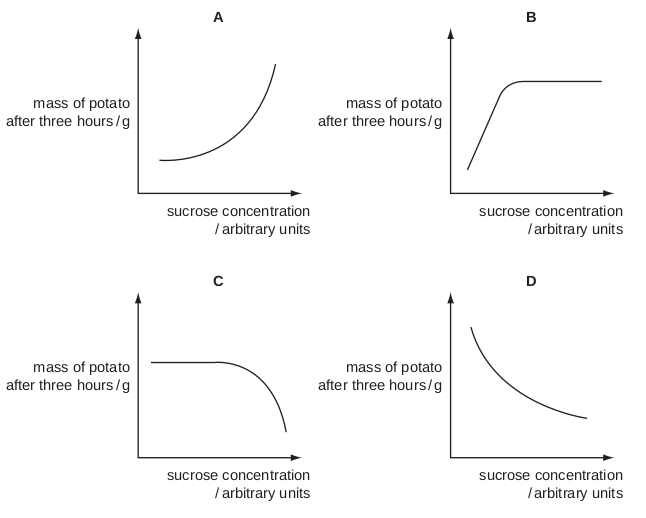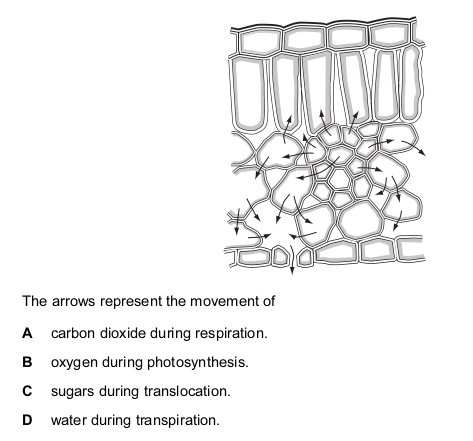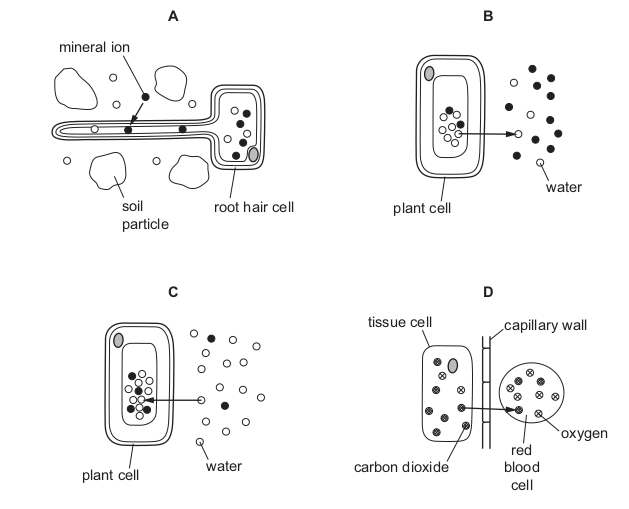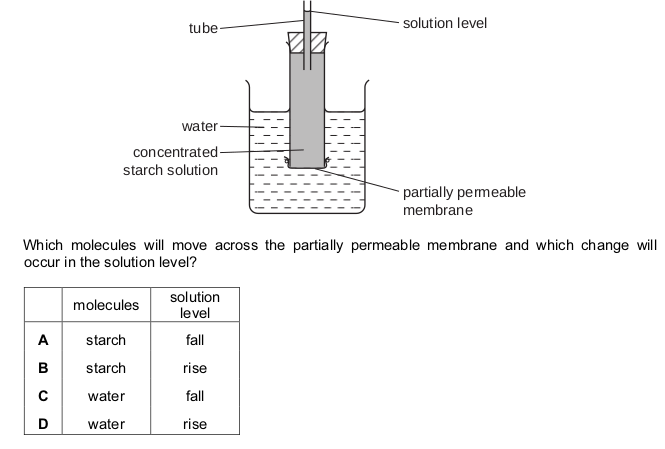Diffusion and Osmosis Quiz
15 QuestionsQuiz Description
Osmosis, which refers to the specific movement of water molecules via partially permeable membranes and Diffusion which is the net movement of substances from regions of higher concentration to regions of lower concentrations meaning that diffusion is driven by the action of the concentration gradient. In this gcse Biology quiz, we are going to see how diffusion and osmosis work
You must have tried out this experiment in school. Place kitchen salt (NaCl) in a cavity of a potato tube and place it in water. The potato tuber will shrink as it loses water to the other solution.
With this said, you can go ahead and test your knowledge with the quizzes that have been brought together for you on this online revision platform. It is important to note that the quizzes on this platform are free of charge.
Good Luck
The cell wall of a plant cell is removed using an enzyme. What
would happen if this cell is then placed in distilled water?
Which processes are responsible for the uptake of ions from the soil by a plant and the uptake of
glucose into the villi of a human?
The diagram shows three plant cells labelled P, Q and R. The arrows show the direction of water
movement by osmosis.
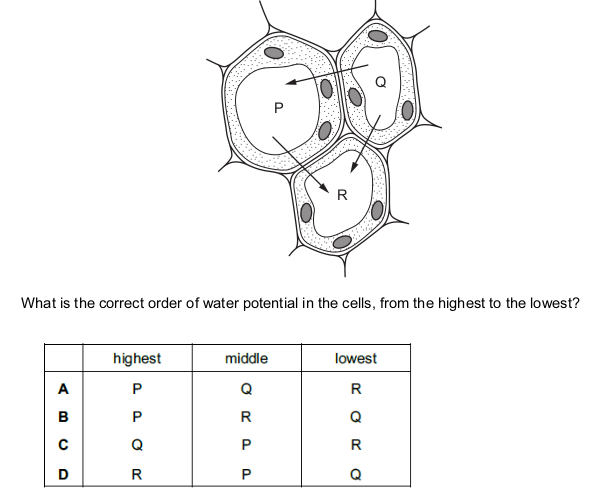
The diagram shows the concentration of magnesium ions in a healthy root hair cell of a plant and
in the soil water surrounding it.
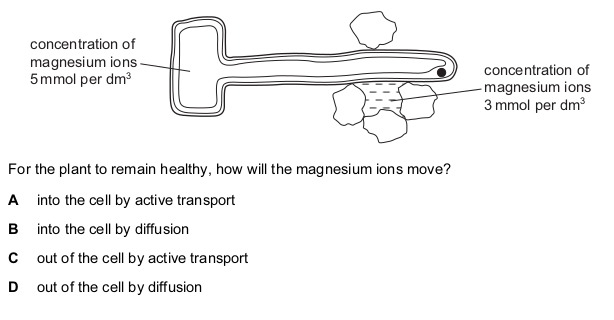
Plant cells are placed in a solution with a lower water potential than that of the cells.
Which row is correct?
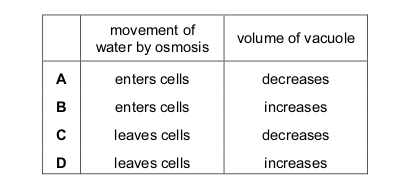
Which statement is always correct when oxygen is diffusing out of a plant cell?
The roots of a plant are placed in a dilute solution containing chloride and nitrate ions.
The graph shows how the rate of uptake of chloride and nitrate ions by the roots of the plant
varies with oxygen concentration.
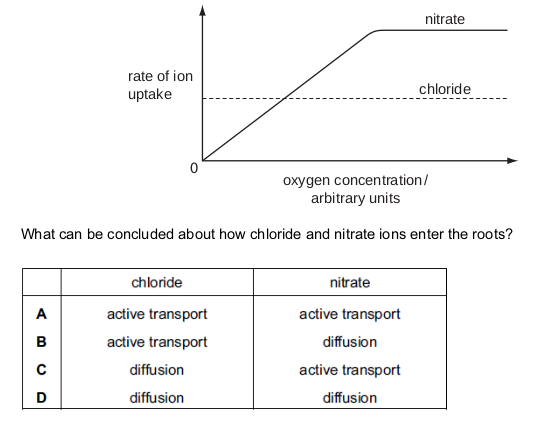
The small intestine of a person contains a lower concentration of glucose than is present in the blood. The cells of the villi absorb glucose.
By which process is the glucose absorbed?

Identical pieces of potato are placed in sucrose solutions of different concentrations. After three
hours, the mass of each potato piece is measured.
